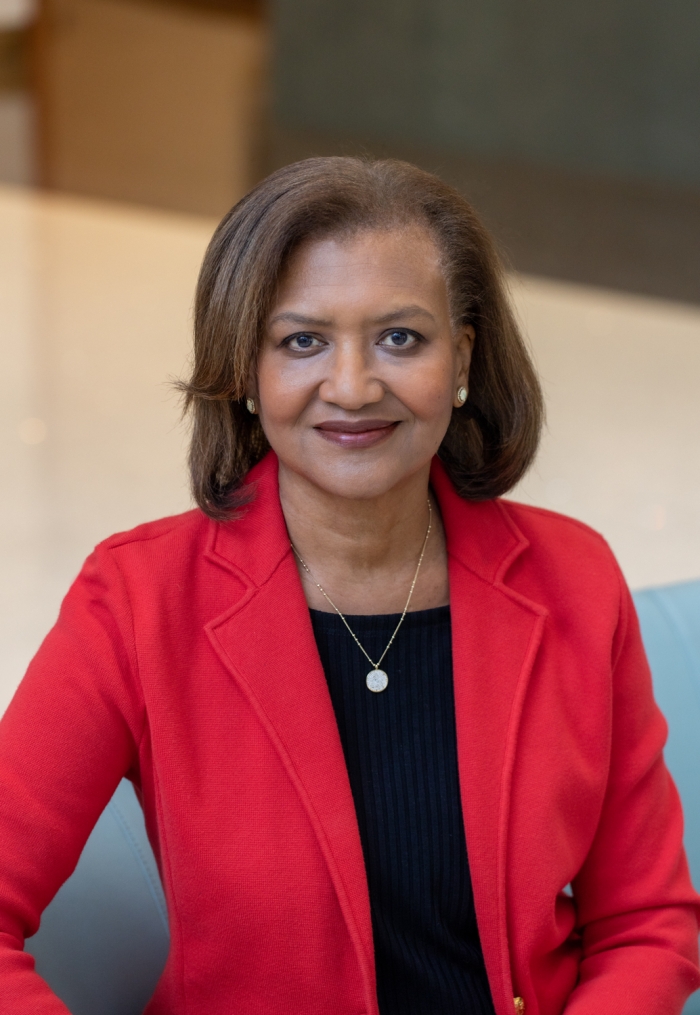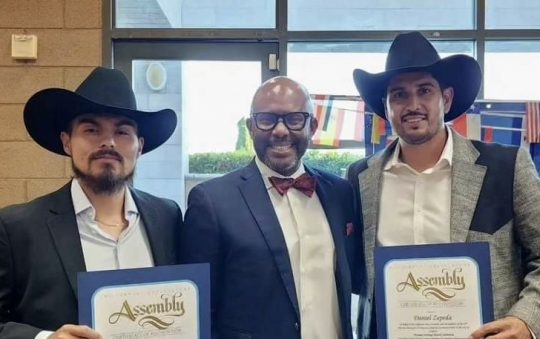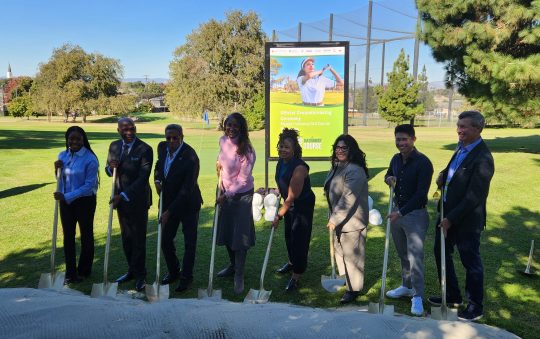
There is finally a light at the end of the tunnel we’ve been in for the past nine months. We are learning the details and timeline of how our kids will go back to school, how we will return to work and how we can have that family barbecue without putting the lives of people we love at risk.
The light comes in the form of a vaccine–actually several vaccines. The scientific consensus is that we will reach “herd immunity” once 70 percent of the population has the vaccine (or has had COVID). This is looking likely by next summer.
In order to return to a welcome normalcy, we need to do our part—get the vaccine. I want to encourage our community to get ready for it.
Vaccines are rightly heralded as one of the top 10 public health achievements of the 20th century. They have saved hundreds of millions of lives and eliminated dreaded diseases like polio and smallpox. I look forward to the day, coming very soon, that COVID-19 is added to this list.
The first coronavirus vaccine is anticipated to receive approval by the Food and Drug Administration (FDA) this month, with another vaccine not far behind. More are in the pipeline.
The vaccines that will be released first are 95% effective. Trials were ethnically diverse, with tens of thousands of volunteers and more than 30% of participants people of color. These require two shots, so once you get the first one, you’ll have to wait three to four weeks for a second.
I have been following the vaccine research carefully. I wanted to see the evidence for safety and effectiveness. The information I have seen so far is impressive and reassuring. I am pleased with the representation of people of color in the studies as well as our community’s presence in the state decision-making process. The vaccines being brought to market now could change the course of this disease. But only if we get them.
While the speed and efficiency of how the scientific community came together to create a new vaccine for COVID-19 is remarkable, new vaccines could not have happened so quickly without the 18 years of research that scientists had already conducted beginning with SARS in 2002. Nearly two decades of work grounded the quick development of breakthroughs reflected in the new vaccines.
After any vaccine is approved by the FDA, we have California COVID-19 workgroups that will also review and approve the vaccine before any Californians receive it. South Los Angeles is represented in this group by Dr. Oliver Brooks, an African American doctor at Watts Healthcare Corporation. His group is making decisions about prioritization, allocation and distribution of vaccines in our state.
State and county health departments are developing distribution plans now. In the next few weeks health care workers, residents in nursing homes, and high-risk populations with underlying conditions will begin to get their shots. They’ll be followed by frontline workers early next year and hopefully the rest of the population throughout the spring and summer. Eventually the vaccine will be available at hospitals and retail pharmacies without a prescription, just like the flu shot.
As with flu shots, some people in trials experienced mild side effects like fatigue or headaches. Although side effects can be uncomfortable, they show that the immunization is doing its job and helping your body mount a defense against the virus, preparing it for when it encounters the real thing. As millions of people get their shots, additional very rare side effects may emerge. There is a national infrastructure to monitor adverse reactions through the Vaccine Adverse Event Reporting System (VAERS) and hospitals like ours, and other providers, are required to report any serious incidents.
Our community has a mistrust of the medical establishment. Sadly, this mistrust includes vaccines. The reasons behind our skepticism are legitimate. Past racist and ethically corrupt efforts, such as the Tuskegee study, are unacceptable and unforgivable.
But we must not let fears from the past prevent us from keeping ourselves and our loved ones healthy. I consider my work in medicine an act of social justice. I am a doctor and healthcare leader because I want to heal bodies as well as change the systems and attitudes that make us sick. I fight for South Los Angeles to have the quality care that we deserve every day.
In that spirit, I urge you and your families to join me in getting the vaccine as soon as you can.
When my turn comes, I am ready to roll up my sleeve. President Obama is planning to get his shot and wants to record the occasion. I will do the same. I encourage you not just to get your shot but to tell people about it. Let’s normalize getting the vaccine. Talk to your friends and family. Announce it on your social media channels. Invite the rest of our community to join us.
The path to herd immunity— and many of the activities and people we miss—is in sight. While MLKCH will continue to ensure our community gets the quality care we deserve, we need you to do your part. Getting the vaccine is an act of care and cooperation. It will speed our collective recovery.
In the meantime, please continue social distancing and wearing masks over your nose and mouth.







